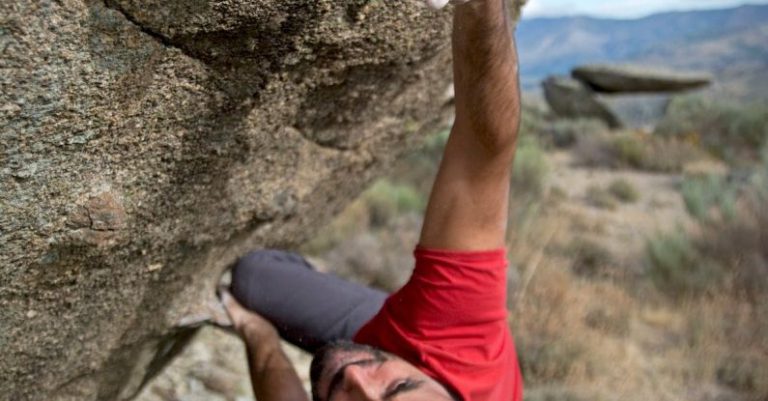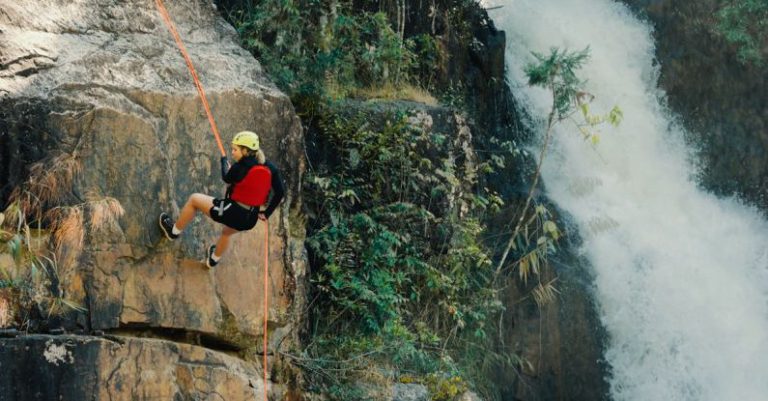
Rock climbing is a thrilling sport that challenges both the mind and body. It offers a unique opportunity to test your physical strength, mental focus, and problem-solving skills while surrounded by stunning natural landscapes. However, like any physically demanding activity, climbing comes with its risks. Injuries are not uncommon in this sport, and being aware of the most common climbing injuries and how to prevent them is crucial for climbers of all levels.
Understanding the potential risks associated with climbing can help you take proactive steps to protect yourself and enjoy the sport safely. By being mindful of your body’s limits and implementing proper techniques and precautions, you can minimize the likelihood of sustaining injuries that could sideline you from your climbing adventures. Let’s explore some of the most common climbing injuries and effective strategies to prevent them.
**Finger and Hand Injuries**
The fingers and hands are among the most frequently injured body parts in climbing due to the high levels of stress they endure while gripping holds. Tendon strains, pulley injuries, and acute trauma such as sprains and fractures are common in climbers. To prevent finger and hand injuries, it is essential to gradually build strength in these areas through targeted exercises and proper warm-up routines. Additionally, using open-hand grips instead of crimping can help distribute the load more evenly and reduce the strain on your fingers.
**Shoulder and Elbow Strains**
Shoulder and elbow strains are prevalent in climbers, particularly when performing dynamic moves or reaching for distant holds. Overuse injuries, such as tendonitis and impingement, can develop over time due to repetitive motions and poor climbing technique. To prevent shoulder and elbow strains, focus on strengthening the muscles around these joints, maintaining proper body positioning, and avoiding sudden or excessive movements that can strain the tendons and ligaments.
**Knee and Ankle Injuries**
Knee and ankle injuries can occur when climbers land awkwardly after a fall or when descending from a climb. Sprains, strains, and ligament tears are common in these joints, especially when climbers neglect to use proper landing techniques or wear inadequate footwear. To prevent knee and ankle injuries, practice controlled descents, land softly with bent knees, and wear supportive climbing shoes that provide stability and traction on various surfaces.
**Climber’s Elbow**
Climber’s elbow, also known as medial epicondylitis or golfer’s elbow, is a condition characterized by pain and inflammation on the inner side of the elbow. This overuse injury is caused by repetitive stress on the tendons that attach to the medial epicondyle of the humerus. To prevent climber’s elbow, focus on strengthening the wrist flexors and forearm muscles, maintain proper climbing technique to avoid excessive strain on the elbows, and incorporate adequate rest and recovery into your training routine.
**Preventing Injuries Through Proper Technique and Training**
While injuries are an inherent risk in climbing, many can be prevented by practicing proper technique, using appropriate equipment, and listening to your body’s signals. Here are some general tips to help reduce the likelihood of injuries while climbing:
– Warm up before climbing to prepare your muscles and joints for the physical demands of the sport.
– Focus on maintaining good body positioning and using efficient movement patterns to reduce strain on your joints.
– Gradually increase the intensity and duration of your climbing sessions to allow your body to adapt and prevent overuse injuries.
– Incorporate cross-training activities, such as yoga or strength training, to improve overall fitness and reduce the risk of muscular imbalances.
– Listen to your body and avoid pushing through pain or discomfort, as this can lead to more serious injuries in the long run.
**In Summary**
Climbing injuries are a common concern for climbers of all levels, but with proper awareness, technique, and training, many of these injuries can be prevented. By understanding the risks associated with climbing and taking proactive steps to protect your body, you can continue to enjoy the sport safely and sustainably. Remember to prioritize injury prevention through smart training practices, proper warm-up routines, and attentive self-care to ensure a long and rewarding climbing journey.





